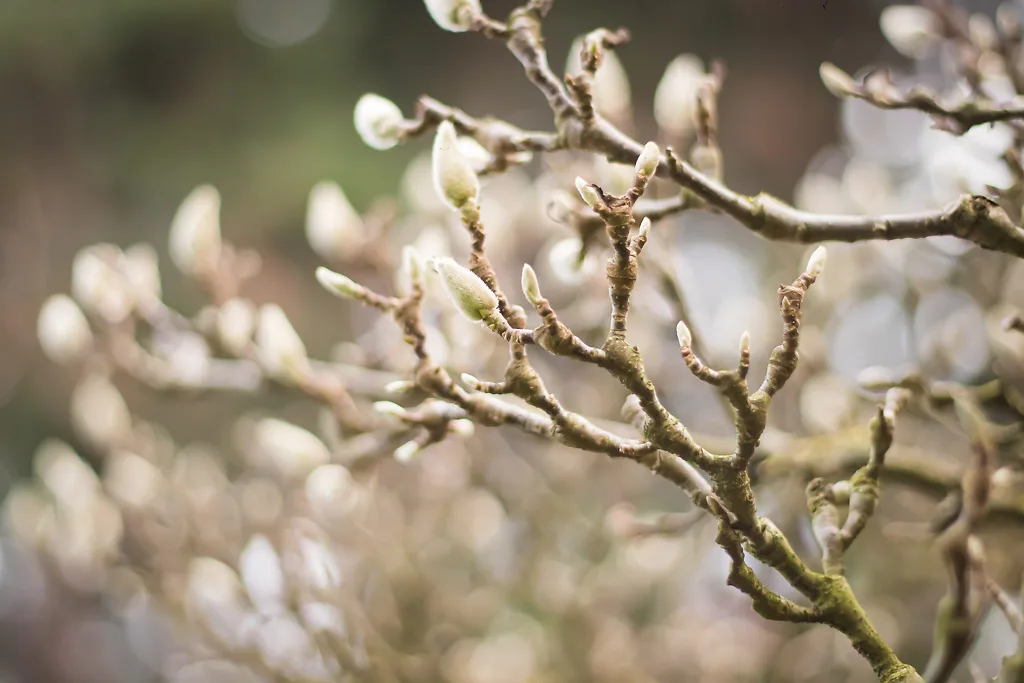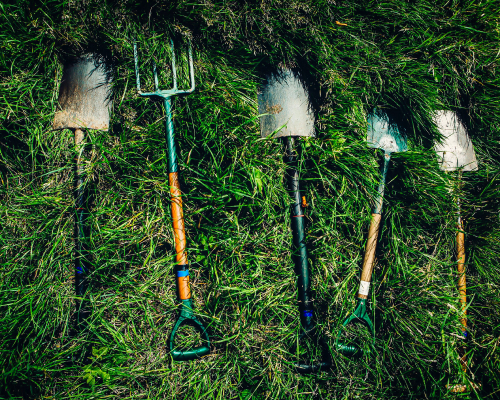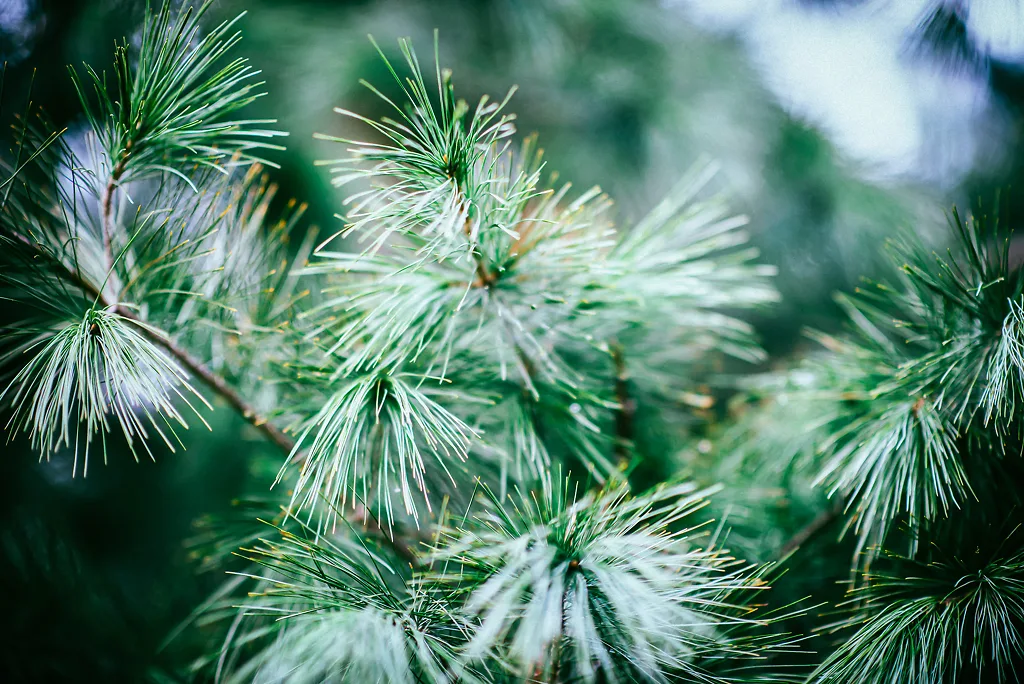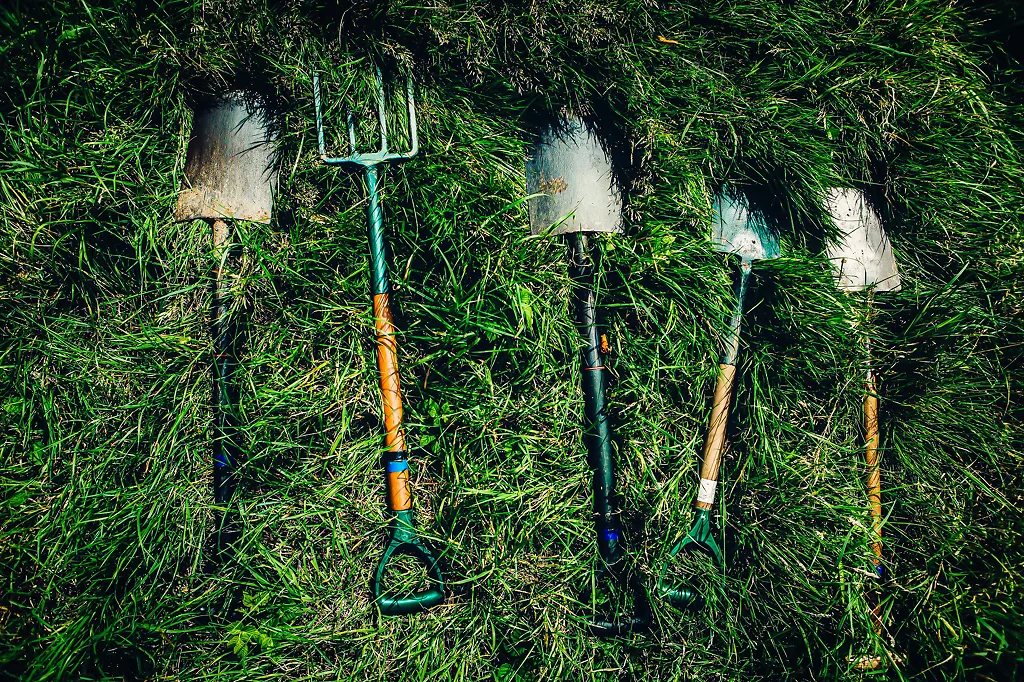Nut Trees For Sale
There has been a lot of publicity in recent years on the health benefits of nuts. They are an important source of omega-3 fatty acids which protect from heart disease and they also contain a variety of other beneficial nutrients. As well, they are very tasty and make great healthy snacks. Their popularity, however, is reflected in their cost and unless you buy poor-quality, imported nuts, the benefits certainly come at a price. That’s the reason growing nuts in your own garden is such a worthwhile activity. Nut trees are relatively easy to grow and take less work than fruit trees. Once established they usually continue to provide a good harvest of nuts each year and many are also attractive trees which can be a beautiful addition to any garden.
Using Nut Trees on Your Property
Except for Hazel Nut Trees, which grow as bushes, Nut Trees are medium to large trees that are an excellent choice for a shade tree in your garden. Almost all gardens need a majestic tree to cast shade over the house or outdoor areas you use for parties, barbeques or children’s games. Since you will almost certainly want a shade tree for your garden, why not make it a Nut Tree and get the added bonus of an annual crop of nuts? Unlike fruit trees, which usually produce a large amount of very perishable fruit all at once, so that much of it can go to waste, Nut Trees produce a crop which can be stored for months, so nothing is wasted.
If you already have a shade tree, you might consider Nut Trees for a screen to hide a neighboring property or ugly view. Planted as a row they make a wonderful screen, and of course with several trees your crop will be even greater. Perhaps you have a field that is used for horses or other animals. If they are protected from grazing for the early years, Nut Trees will provide shade for your livestock as well as a crop for you. You might also be planning an orchard of various fruit trees and Nut Trees make an obvious addition to your collection. However and wherever you grow them, Nut Trees are an excellent addition to your garden and property.
What Are Nut Trees Like?
The majority of Nut Trees are medium to large trees, growing 30 to 60 feet in height and with a similar spread. They are deciduous, so they lose their leaves in fall, often turning yellow or brown before falling. Almond Trees are the smallest, growing 12 to 20 feet tall. Pecan Trees are the largest of the nut trees, reaching 100 feet tall in time. Although some Pecan Trees are quite hardy, most need a warm climate, with a long, warm growing season to ripen their nuts. They also need a deep, acid soil to do well.
Walnut Trees are smaller, reaching 30 to 50 feet tall when they mature. They are faster growing than most other nut trees, so they crop earlier and soon become large enough to produce a good crop. They are not fussy about soil conditions. Chestnut Trees are also medium-sized trees growing to around 30 feet tall. Pistachio Trees can only be grown in mild areas where winter temperatures rarely fall below 100F. Hazelnuts, or Filberts as they are also called, are the only nut tree that grows as a large bush, reaching perhaps 18 feet in height.
An important consideration in growing nut trees is pollination. Most nut trees need another tree of a different variety to develop a good crop of nuts. So for the larger trees like Pecan Trees this means a lot of room is needed. Choosing a smaller tree like a Walnut Tree or an Almond Tree makes a lot of sense unless you have a very large property. Nut Trees that can be grown without another tree for pollination include Halls Almond Tree and the Lake Walnut Tree.
Nut Trees flower in spring or early summer. The flowers are small, sometimes hanging down in clusters called catkins. Trees usually have separate male and female flowers on the same tree and of course it is the female flowers that produce the fruit containing the nuts. Pistachio Trees have separate male and female trees, so some trees have to be grown that produce no nuts at all, but take up space.
All nut trees have a covering over the nut. Almond Trees are relatives of peaches, and have a dry, green fuzzy peach-like covering. Walnuts and Pecans have a green fleshy outer covering too. These coverings are called the husk. In late summer or fall, when the husks change color or begin to split open is the time to harvest your nut crops. Chestnuts must be allowed to fall naturally, but other nuts are usually harvested by knocking them out of the trees with long poles – a fun activity for all the family! Be sure not to plant your Nut Trees near power lines to avoid potentially fatal accidents when harvesting.
Hardiness and Growing Conditions For Nut Trees
Nut Trees of one kind or another can be grown from zone 5 into all the warmer zones. In warmer zones Pistachio Trees and Pecan Trees are the usual choice. In cooler areas Chestnut Trees and Hazelnut Trees will grow well. Walnut Trees grow from zone 5 to zone 9 as they are hardy to minus 300F and can therefore be grown in many states.
Nut Trees need a good soil to develop well. They do best in a well-drained but not dry soil. Pecans Trees need an acid soil, and Hazelnut Trees prefer one, while Walnut Trees are happy in acid and alkaline soils.
Planting and Initial Care
It is important to allow enough room for the proper development of your nut trees. Larger trees like Pecans should be spaced 75 feet apart, while smaller trees like Almonds or Hazelnuts should be spaced 15 to 20 feet apart. Walnut Trees need 30 to 40 feet of space for ideal growth. The ground for your Nut Trees should be well-dug and a quantity of organic material added. This can be compost, well-rotted manure, rotted leaves or peat moss. Always plant to the same depth as your tree was in the nursery pot and water well during planting, before replacing the last of the soil in the planting hole. Water your new nut tree thoroughly once a week for the first growing season.
Storing Your Nuts
After removing the husk, your nuts should be allowed to dry thoroughly before storing them. Nuts will store for up to a year at room temperature and for 2 or even 3 years in the freezer. Yields vary considerably from one nut tree to the other and with the age of the tree, but a young Walnut Tree should yield around 3 bushels of prepared nuts. Nut Trees vary in the time they take to begin bearing. Some Almond Trees bear in 2 to 3 years, Walnut Trees in 3 to 5 years, Pecan Trees take at least 10 and up to 20 years to bear fruit and although Hazelnut Trees are small, they take 6 to 10 years to start producing nuts. Walnut Trees begin to bear early because they are fast growing, increasing by 2 feet a year, and so quickly making a good-sized tree.
Points of Interest
Strangely, the English Walnut Tree does not come from England, but originated like so many of our fruit trees, in Persia – the country we know today as Iran. In addition to their nuts, Walnut Trees are in high demand for their lumber, which is dense and used for delicate woodwork, inlay and gunstocks. Mature Walnut Trees are a valuable commodity easily sold to specialist wood-dealers.
Long-Term Care
Hazelnut Trees need more specialized pruning, but other nut trees just need to be pruned to develop a good shape and strong branches. All nut trees should be watered during dry periods or they may drop their fruit. Water in the area beneath the outer branches – called the drip-line – and not close into the trunk. A slow steady watering is best to make sure all the water penetrates the ground instead of running off. Fertilizer should be used each spring. Start in the first year with 2 oz. of 16-16-16 sprinkled over the root zone. Double the amount each year as the tree develops, until it begins to bear fruit. Continue with the amount used the spring of your nut tree’s first fruiting, each spring afterwards.
Conclusion
Nut Trees make a great addition to your garden and are an excellent way to have a shade-tree which is also productive. They may take a few years to begin to bear fruit, but the wait will be worth it when you taste your first home-grown nuts. The English Walnut Tree is an excellent choice for beginner nut-growers, as it comes to bear earlier than most other kinds, and it is a trouble-free tree to grow.
Note: Some states regulate the importation of certain kinds of nut trees. Check with your local department of Agriculture for information relevant to your State.









